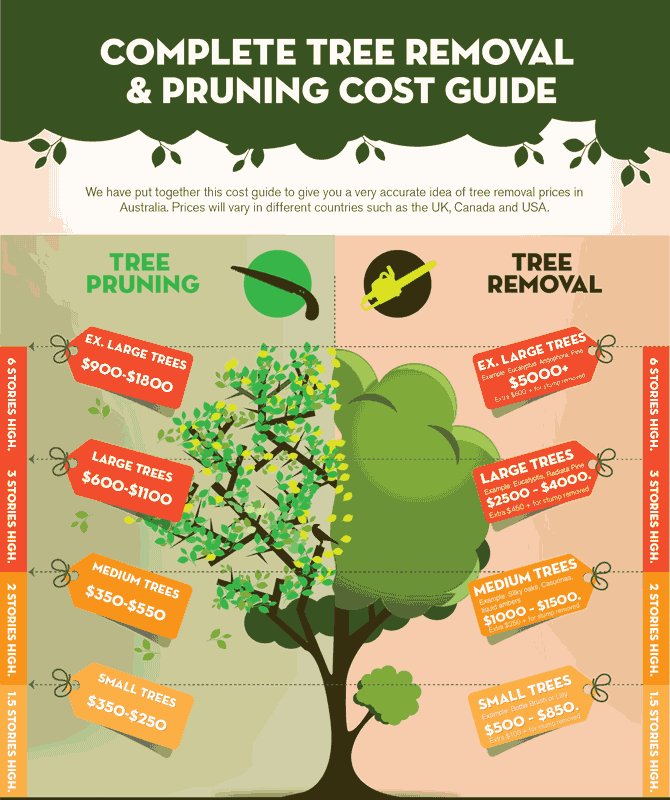Signs It's Time To Remove A Tree - A Home Owner'S Overview
Signs It's Time To Remove A Tree - A Home Owner'S Overview
Blog Article
Writer-Kehoe Abrahamsen
Trees include beauty and value to residential property, but they can also present a threat throughout extreme weather condition events. If a tree has stopped growing, is displaying noticeable fungal growth, or has a leaning trunk, it should be removed by an expert to prevent property damages and injury.
To get more information, participate in a home owner source fair co-hosted by HPD, the Center for New York City Neighborhoods, and Brooklyn-based real estate companions this evening in Bedford-Stuyvesant. The event will feature the Home owner Manual, a new guide to assist homeowners browse the duties of possessing a home.
1. Dead or Perishing Branches
Trees are an essential part of your home's landscape, providing color and elegance. They also give sanctuary for wildlife and produce oxygen, but even healthy trees can experience illness that might demand their removal. Dead or dying trees aren't simply undesirable, they can be harmful. https://www.wbtv.com/2020/02/12/tree-removal-crew-offers-tips-storm-cleanup-continues/ could fall during a tornado, bring about pricey building damages and injuries.
When a tree's branches begin to die, it indicates that its framework is starting to break down. If the majority of its branches are dead, it is most likely time to remove it.
Seek a lack of new growth, bark peeling, open injuries or tooth cavities, fungis growing on the trunk or roots and a general look of degeneration in the entire cover. These indicators of infection can suggest a serious trouble that will certainly need expert tree solutions to deal with.
2. Leaning Trunk
While it's regular for trees to lean every so often because of phototropism, if a tree has a dangerous or severe lean that's not because of natural processes - maybe an indicator that the tree requires to be gotten rid of. If the tree is leaning toward a high-voltage line, home, vehicle, play structure or any other area that could be hazardous to individuals if it falls, then speaking to an expert tree solution for removal ought to be a leading priority.
It's likewise essential to expect any type of sudden changes in a tree's leaning as it can indicate damages to the origins or trunk that might result in falling. This is specifically real during thundercloud, considering that high winds and rain-soaked dirt can cause a lean to transform rapidly. Regular tracking, especially during and after storms can aid house owners acknowledge prospective troubles with their trees so they can call an arborist for a comprehensive evaluation.
3. Bug Problem
Some pest problems, such as wood-boring pests like emerald ash borer or sap-suckers like range insects, are so extreme that they can trigger a tree to die. click the up coming website page means to avoid pest invasion is to check your trees often. lending tree customer service for spots, holes, or stainings in the fallen leaves and bark. Take a look at the trunk for splits and signs of insect damages, such as tunnels or tracks.
If a tree comes to be also plagued with insects, or is close to a home or power lines, an arborist might recommend removal. If a leaning tree creates a brand-new, unpredictable lean, an arborist will likely suggest removal too to make sure the security of individuals and property. If a weakened or dead tree consistently sheds extreme branches, it is an indicator that it is time to eliminate the tree. If a tree remains to shed branches for a prolonged period of time, it could lead to architectural problems and prospective residential or commercial property damages.
4. Damaged Trunk
Trees are a stunning and important part of our landscape, but they do call for normal care to keep them healthy and balanced and safe. If a tree is damaged beyond repair it is most likely time for it to find down.
Look for indications of damage to the trunk, including vertical splits, joints, dead branch stubs, visible injuries or open cavities and severe tree-rot. The presence of fungis at the base of the trunk is one more warning indication. Fungi might suggest that the phloem and xylem (life-support cells) are endangered, allowing for the spread of disease or a future failing.
Likewise, take into consideration whether the tree has quit expanding. Healthy and balanced trees will certainly have brand-new growth each year, which may show up as buds or branches growing and expanding. If you do not see any type of brand-new development, it's an excellent concept to have an arborist evaluate the tree and follow their recommendation for elimination. A dying or harmed tree can drop and cause property damage.